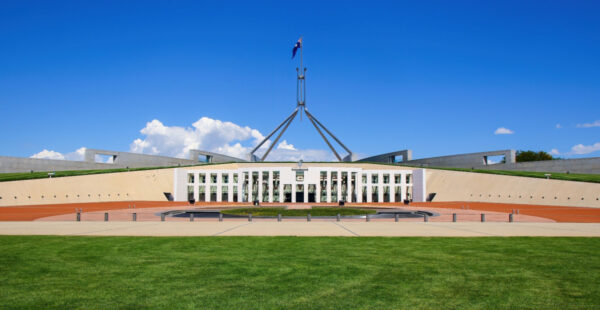Aussie households under extreme cost of living pressure

Australians households found themselves under extreme pressure due to financial and economic strain, with a number of those hit the most by rapidly rising costs of living moving drastically up from 45% in November 2022 to almost 80% this year, according to Finder.
However, the November’s reading is somewhat lower compared to the May peak when 85% of Australian households reported feeling under the pump, but the current levels remained considerably higher than most of 2020 and 2021.
Finder’s “Cost of Living Pressure Gauge”, which aims to capture the level of economic stress experienced by Australians, has found that a breakdown of growth of a percentage of Australians reporting their struggle to pay bills reflected a high number of respondents who said they felt extremely or somewhat stressed about their finances (78%), a growing group of home owners (37%) and renters (44%) struggling to pay for a roof over their head, the high cash rate currently sitting at 4.35% and elevated inflation (at 5.4%). On top of that, 64% of respondents who had a mortgage pointed to this particular financial commitment as their key concern.
By comparison, three years ago, when the Reserve Bank of Australia (RBA’s) cash rate target was sitting significantly lower at 0.10% and annual inflation was recorded at 0.9%, only 18% of home owners and 32% of renters reported that they were struggling with their payments. At the same time, only 42% of mortgage-holders cited mortgage stress as their biggest financial worry.
Finder’s Cost of Living Pressure Gauge took into account housing stress, salary expectations, household debt, financial stress, household savings, holiday plans, credit card spending, the RBA cash rate target, property prices and inflation.
Graham Cooke, head of consumer research at Finder, said that the stretched households’ budgets were affecting the ability to create “a decent savings buffer” for the very same households.
Further to that, he said, households should rather focus on finding ways to trim their budget and identify areas they can cut back without compromising their basic needs.
“Our gauge’s results show a stark reality – rising costs, housing stress, and the reliance on credit cards for financial management are putting millions under the pump,” he added.
“Whether it’s refinancing or switching energy providers, there are big savings to be had by shopping around and comparing your options.”











On the other hand, many Australian households are doing just fine. They are taking expensive overseas holidays, dining out at upmarket restaurants, buying extra investment properties, and giving their kids money to buy properties. They have paid off their loans and have lots of spare cash in their bank accounts, which is earning a great rate of interest and providing them with even more money to spend.
The RBA has no ability to differentiate between the strugglers who are cutting back, and the well off who are spending like drunken sailors. They have one blunt tool to reduce inflation, which must be applied to the economy as a whole. The government has many economic levers it could use to reduce inflation, and the impact of those tools can be tailored to different sectors. The more the government does in a tailored way, the less the RBA has to do in a one size fits all way. So what does the government do? They sit on their hands and criticise the RBA.
Just like Jonesy with financial advice regulatory fixes, the PM and treasurer are all talk and no action.